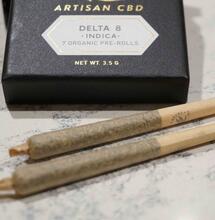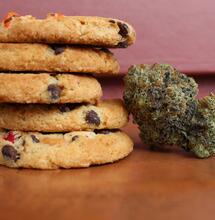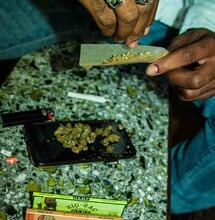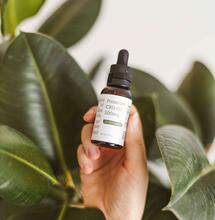Indias' Problem with Spiked Weed
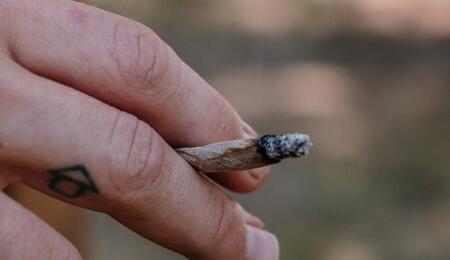
Spiked weed is the contamination of the drug with any other substance. Dealers often introduce contaminants, including shoe polish, cheaper drugs, anxiety pills, detergent powder, caffeine, and ground glass, among other nasty pollutants. This results in physical effects ranging from severe bronchitis, asthma and permanent scarring of the lungs, which is very painful and extremely hard to treat.
Spiking weed with Psychoactive substances like opioids or drugs with mental or neurological effects complicates things more. So, why contaminate one of the most widely used and cheapest drugs?
Weed is illegal in India, so the quality is not consistent. In India, many dealers tend to spike weed with rat poison, as it prevents rodents from feasting on it when enticed to the seeds of the cannabis plant. Other dealers also spike weed with substances including eucalyptus oil, sugar and syrup to make them heavy and mask the telltale smell.
In some circumstances, dealers are also spiking weed with smack heroin. This potent opioid is cheaper than weed and delivers a more intense high at a lower price. In certain areas, dealers have even been known to put acid battery water in what is generally known as brown weed. Damaging your throat is, however is one of the milder outcomes.
Spiking weed with anti-anxiety pills to enhance the high is also common. The prescription drugs hook customers, unaware they are addicted to the medication rather than the weed.
Many people are still unaware that weed can be spiked so easily, especially teenagers and college students who often find themselves the target of unscrupulous dealers. Spiked weed is currently widespread throughout India. The big issue is that people are starting with weed and becoming addicted to all kinds of synthetic substances added to it. In some cases, the consequences can be devastating because if the consumer remains, the consumer's tolerance only increases.
"Spiked weed works on a simple equation of demand and supply. In some cases, the consumers demand a certain type of spiked weed because it gives them the high they want."
In colleges in remote areas, students are desperate for weed. One student recalls the firt time he consumed spiked weed, "the hallucinations were so scary that I could see my projections in different spaces and almost felt like I was jumping off the ledge of my college. When i looked closely at the weed I found a black residue which turned out to be shoe polish. I haven't consumed weed since".
Consumers must be alert to the colour and price of the weed, as usually, the cheaper the weed, the higher the chances of it being spiked. So how do you recognise spiked weed? The usual markers include vivid colours, foul smell and a black residue when crushed. Symptoms including hallucinations and a burning feeling that you would not usually associate with weed.
For more on this topic from SS:
The Medicinal History of Cannabis
